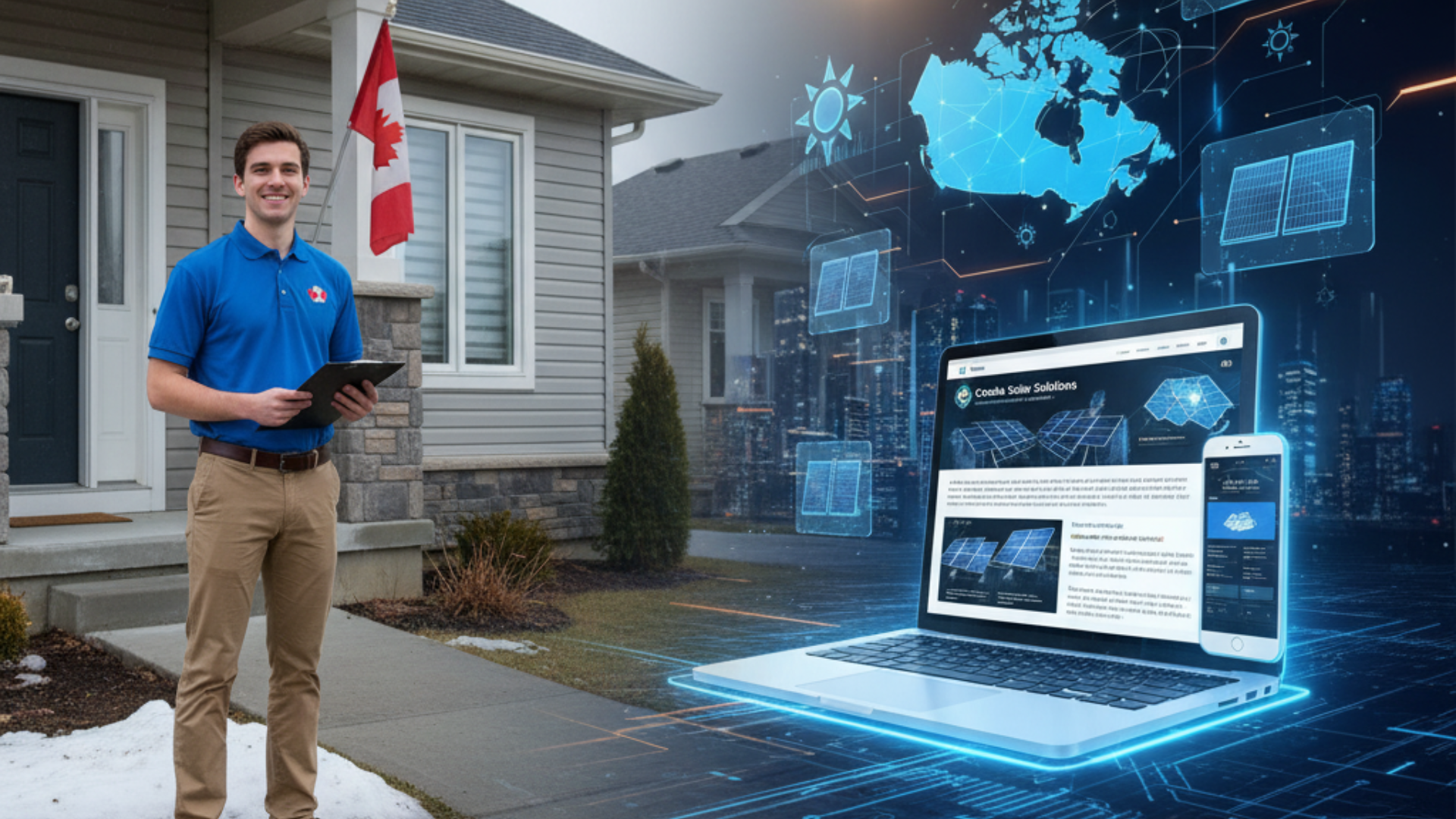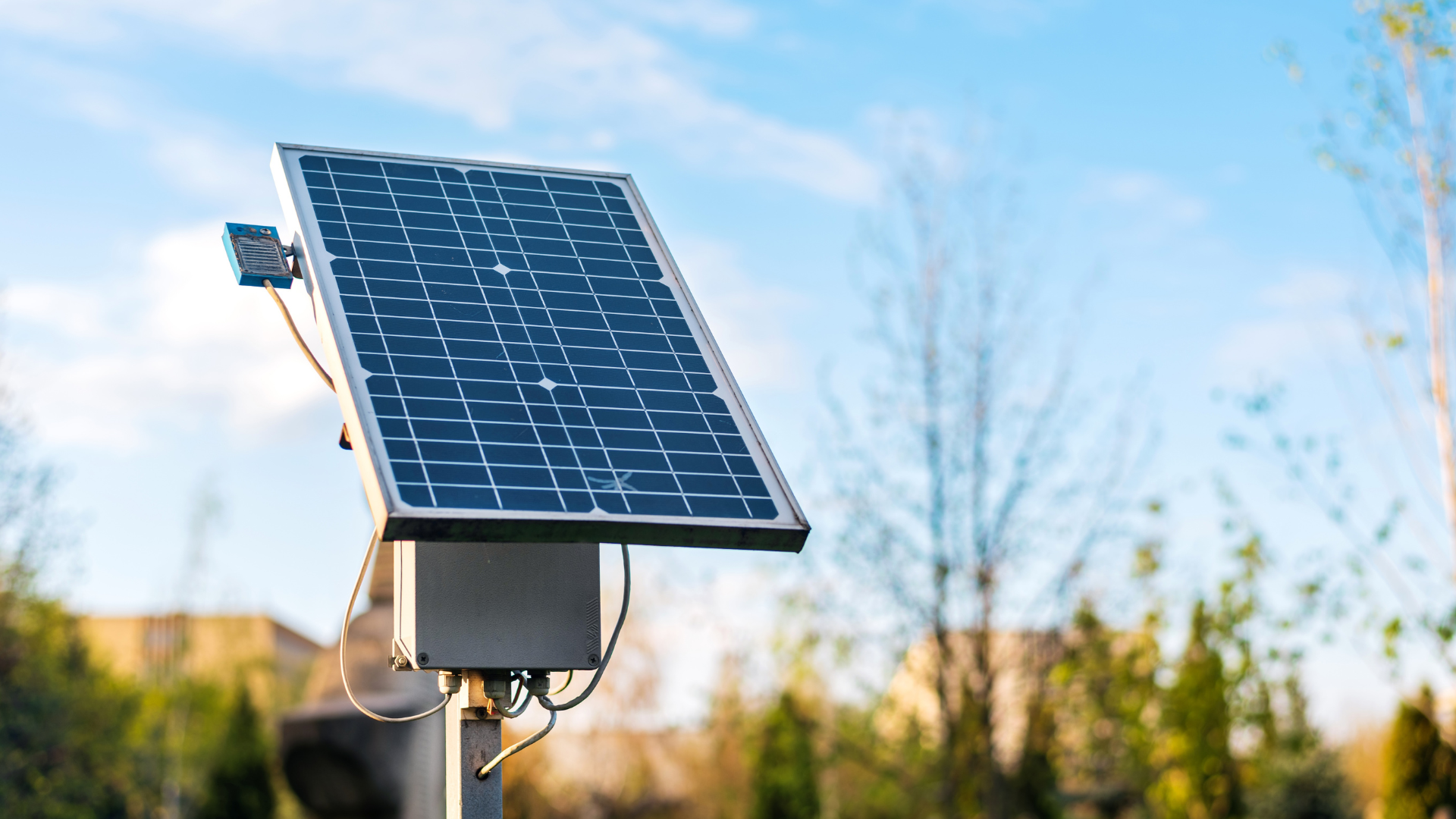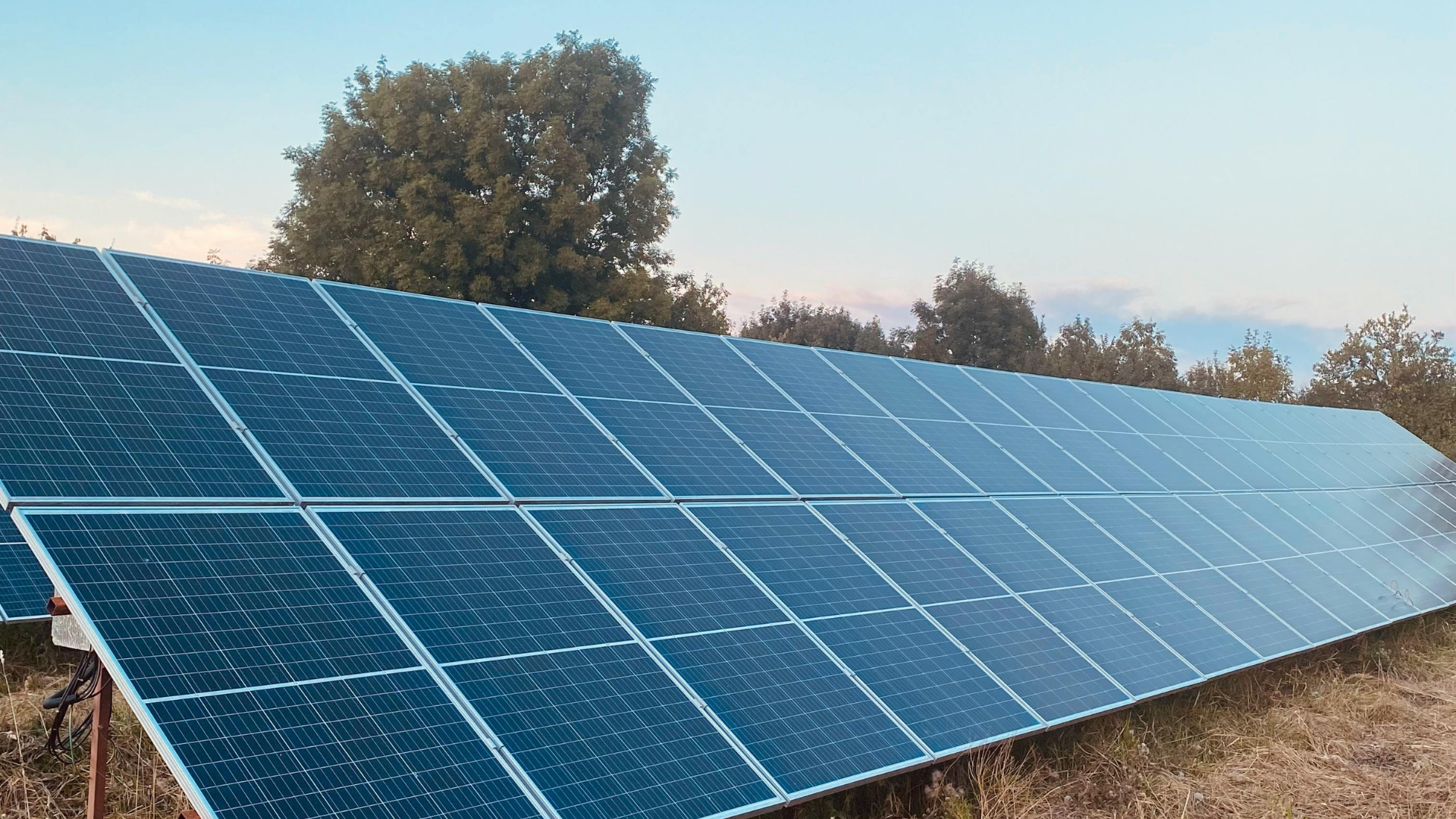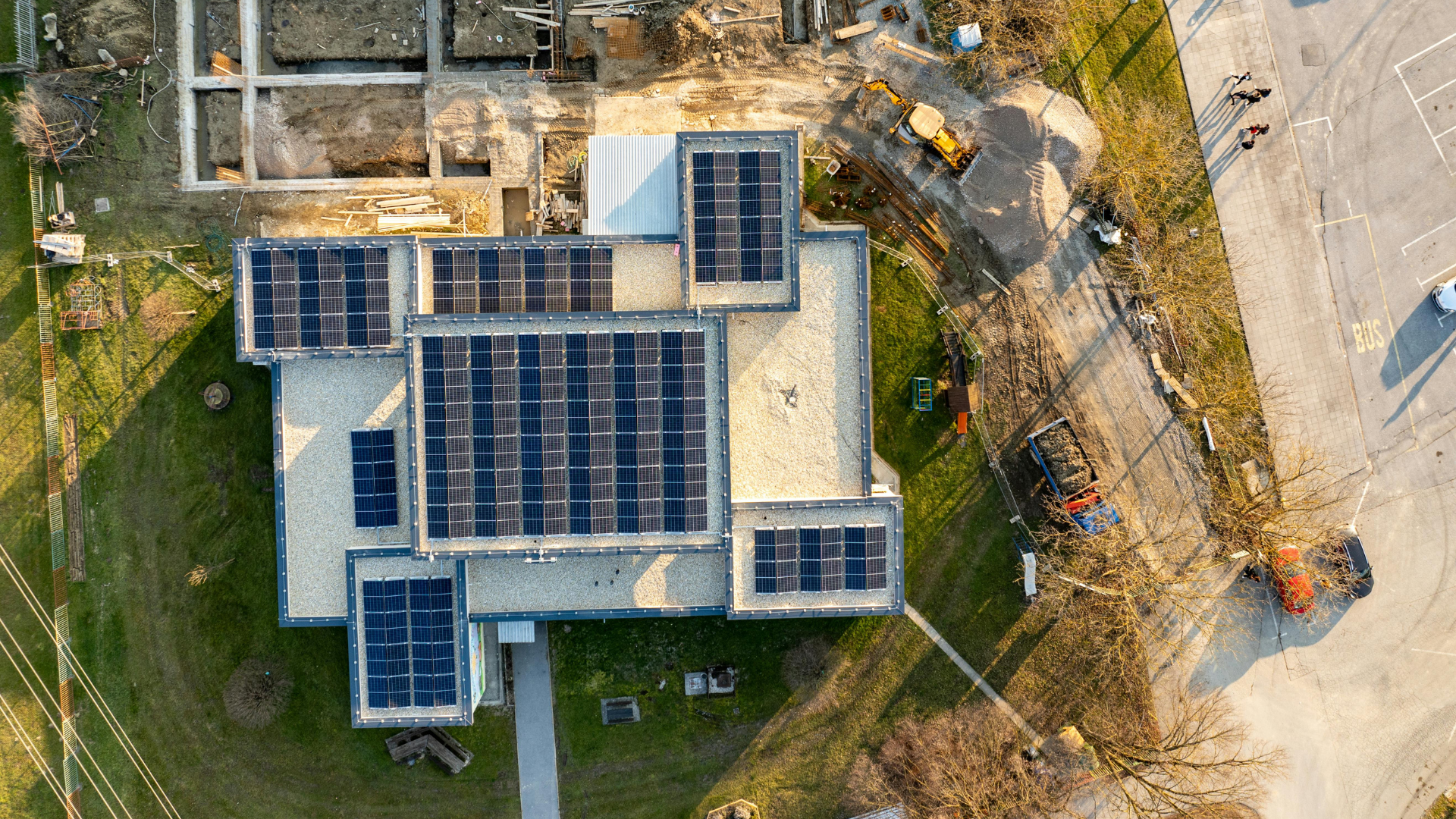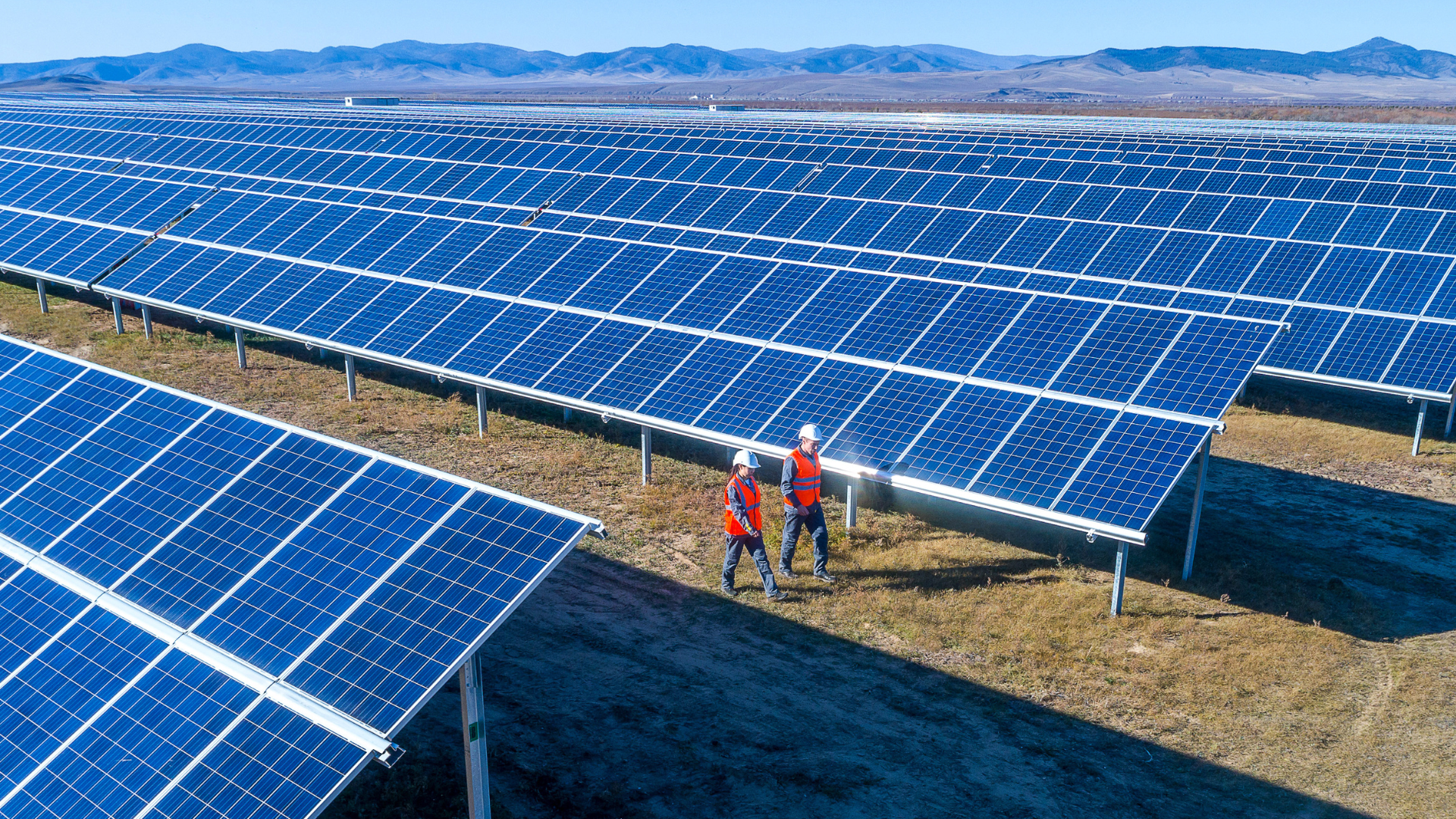July 1, 2025
Audio Overview: Listen & Learn
Honestly, reducing costs in the solar industry can feel like trying to lower your electric bill while installing panels, challenging, right? However, the positive side is that you don’t need to compromise on quality, service, or your peace of mind to achieve this.
In fact, leading solar companies are discovering smarter methods to streamline operations, increase margins, and provide top-quality installations.
No shortcuts or unreliable suppliers: only efficient processes, improved tools, and a team that functions smoothly like a well-maintained solar power inverter.
Whether you’re a solar startup watching every dollar or an established EPC trying to grow without losing money, this guide is for you. Let’s explore cost-saving strategies that truly work!
How To Cut Costs To Boost Solar Operations Efficiency Without Compromising Quality
If you're a solar installer in the solar industry, you already know that installing solar panels is only the beginning. Long-term success depends on solar operations efficiency, which is how well your system performs day after day.
In this guide, we’ll delve into practical, budget-friendly strategies to enhance efficiency, from utilizing high-efficiency panels to adopting new technologies like tandem cells. Whether you're managing commercial panels, polycrystalline cells, or exploring module efficiency upgrades, we'll show you how to cut costs smartly.
Expect expert tips on how environmental factors affect output, how to reduce energy prices, and how to get greater efficiency per square meter, because every watt (and penny) counts.
Key Takeaways
- Identify what’s silently draining your energy output
- Use advanced monitoring systems to optimize performance
- Regularly assess your solar cell efficiency and fill factor
- Improve long-term ROI with smart, small changes
Why Operational Efficiency Is the New Profit Booster
In the solar industry, installation is just the beginning. The real gains (or losses) happen over time.
Did you know that Operations and Maintenance (O&M) can account for 20–30% of your system’s lifetime costs? (source)
That’s right, just running your system can cost nearly a third of your total investment. And yet, most solar businesses focus more on efficient panel setup than ongoing performance.
Now here’s the opportunity:
Even a 1% improvement in efficiency can mean thousands of dollars saved over time, especially for high-output commercial panels.
So, what should you focus on?
- System performance: Is your output matching expectations?
- Overall efficiency: Are small issues dragging down your ROI?
- Cost effectiveness: Are you getting the most from every watt?
What Affects Your Energy Output the Most?
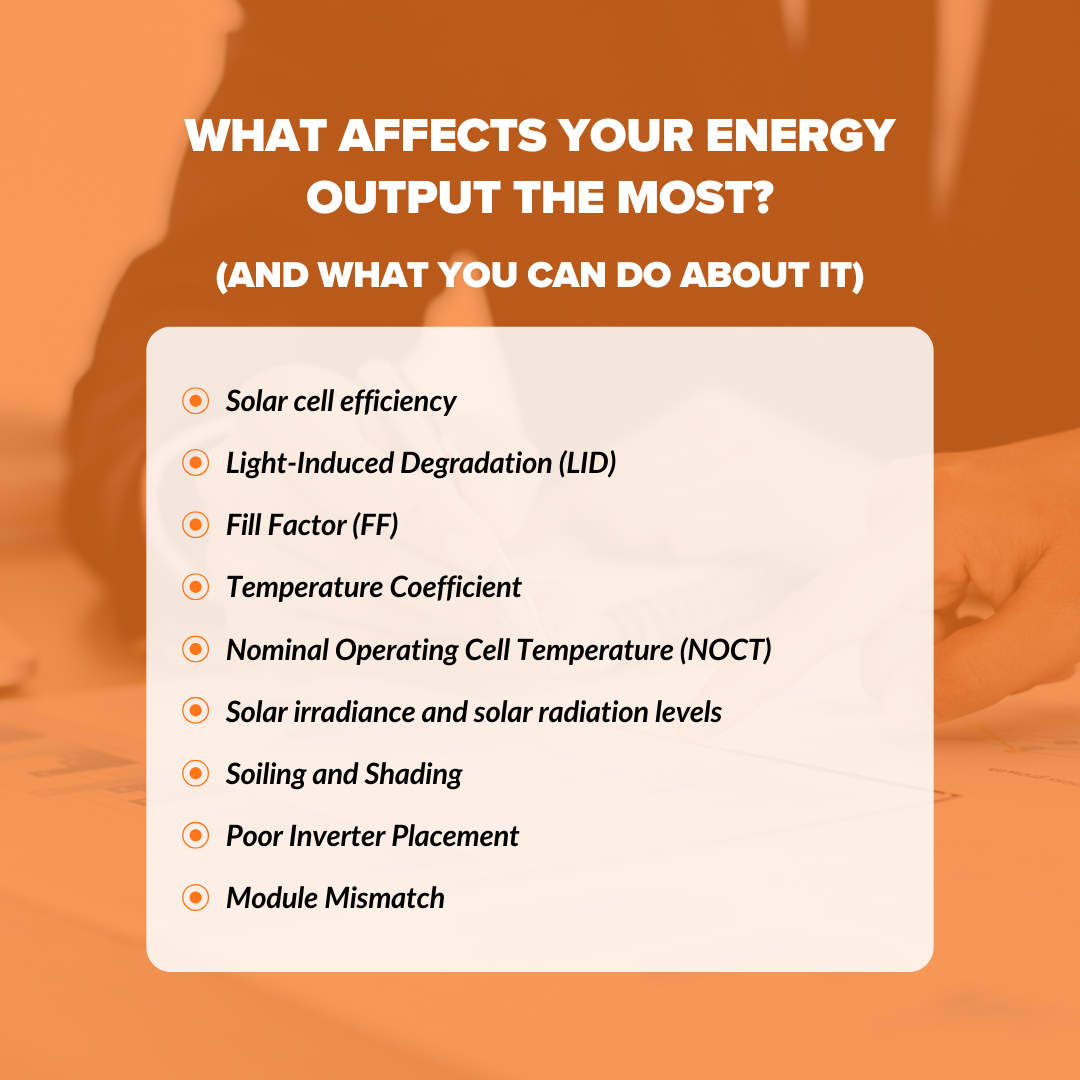
Your solar panel systems rely on several technical and environmental factors:
- Solar cell efficiency: Monocrystalline panels are usually more efficient than polycrystalline panels or thin-film.
- Light-Induced Degradation (LID): Panels can lose efficiency just by being exposed to sunlight initially.
- Fill Factor (FF): The ratio of maximum power to theoretical power. It shows how well your system is converting sunlight to usable electricity.
- Temperature Coefficient: As cell temperature rises, solar panel efficiency falls.
- Nominal Operating Cell Temperature (NOCT): The closer it is to real-world conditions, the better.
- Solar irradiance and solar radiation levels: Strong sunlight doesn't always mean strong performance. Factors like air mass and solar irradiance, along with solar spectrum, affect output.
- Soiling and Shading: Dust, leaves, bird droppings, or growing trees can block solar radiation, even partially, and drag down your panel’s power output. Just 10% shading can affect the entire string.
- Reminder: You didn’t come this far to let dust eat your energy.
- Poor Inverter Placement: When inverters overheat due to poor placement (like in a hot, unventilated area), power conversion suffers. Keep them shaded and cool for better system performance.
- Module Mismatch: Mixing different panels can reduce energy yield across the board. Always stick to uniform, compatible modules for optimal efficiency.
Did You Know?
Most solar panels degrade by about 0.5% to 0.8% annually. (source)
Smart, Budget-Friendly Ways to Boost Solar Efficiency (Even After Installation)
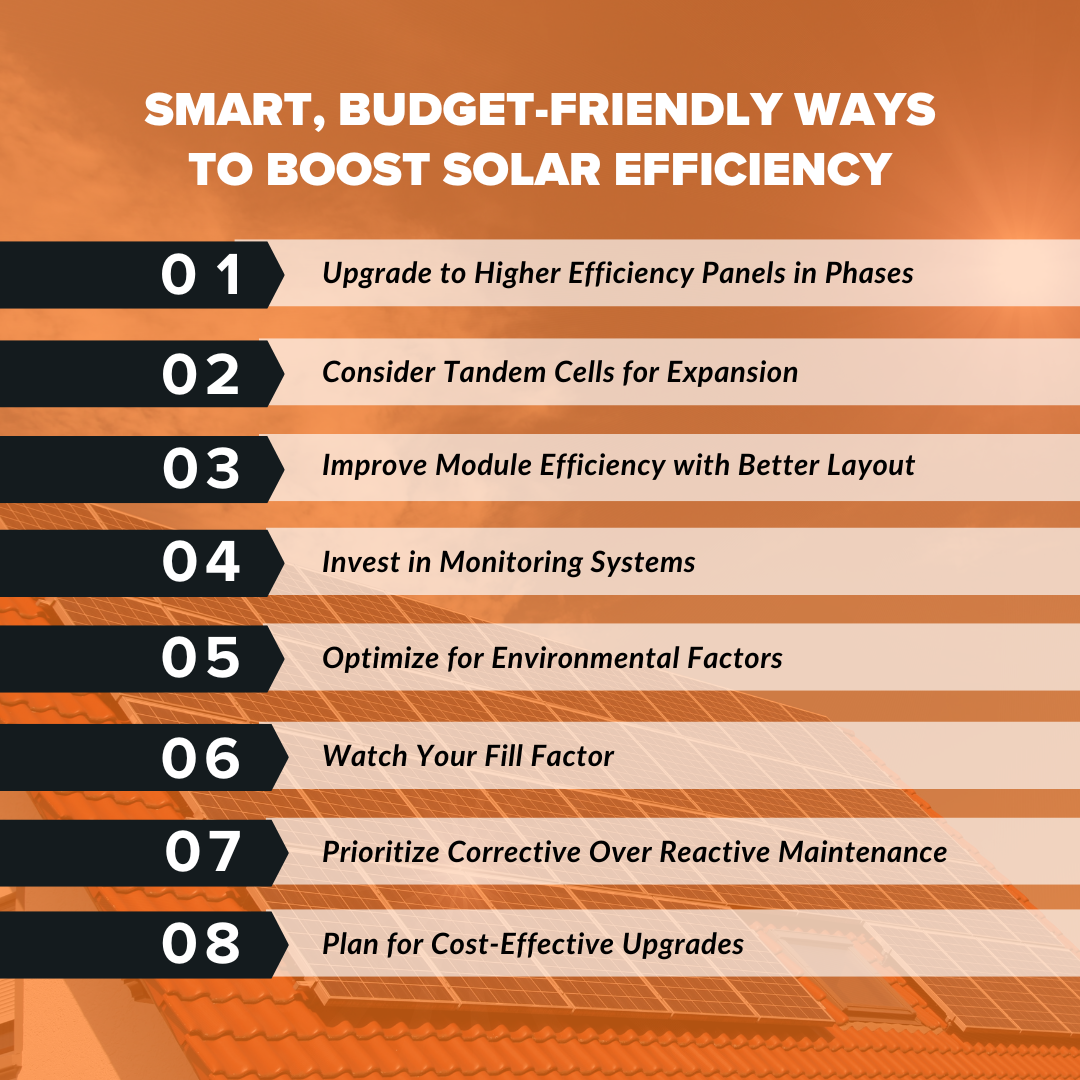
If you've already invested in solar panel systems, be it commercial panels, monocrystalline modules, or polycrystalline cells, there's still a lot you can do to increase efficiency without blowing your budget.
Here’s your strategy checklist for improving solar operations efficiency at every stage of your project, whether you're managing an existing system or planning for future expansion.
1. Upgrade to Higher Efficiency Panels in Phases
If some of your modules are outdated, consider replacing underperforming ones with higher efficiency panels (like monocrystalline or tandem cells).
Why it works: Greater power output per square meter and reduced energy loss over time.
> Tip: Start with panels that show consistent underperformance in your monitoring dashboard; this ensures you're investing where it matters most.
2. Consider Tandem Cells for Expansion
Tandem cells, which stack materials like silicon and perovskite, convert more of the solar spectrum into usable electricity.
Use-case: Ideal for rooftops or land where space is limited and ROI per unit area matters.
> Strategy: If you're expanding capacity, deploy tandem cells in high-priority zones while keeping monocrystalline panels in lower-demand areas.
3. Improve Module Efficiency with Better Layout and Realignment
Sometimes, it's not the panel, it's the placement.
Check for:
- Angle misalignment
- Shading from nearby objects
- Mismatch losses between modules
A simple panel realignment or string design tweak can boost overall system performance significantly, often by 5–10%.
4. Invest in Monitoring Systems
Real-time monitoring helps you:
- Detect shading or dirt issues quickly
- Track temperature spikes
- Monitor inverter efficiency
- Analyze light-induced degradation over time
> With the right dashboard, you’ll know where energy is being lost and where to act first.
5. Optimize for Environmental Factors
Environmental conditions, from temperature and dust to humidity, impact your energy output more than you think.
Use this framework:
- High heat? Use panels with a low temperature coefficient.
- Dust-prone area? Increase cleaning frequency or apply anti-soiling coatings.
- Partial shading? Use microinverters or power optimizers.
6. Watch Your Fill Factor
Your fill factor reflects how well your panels convert potential power into real output.
If this metric is low, it could indicate:
- Faulty connections
- Poor-quality cells
- Voltage mismatches
> Action: Regularly assess fill factor via software analytics to catch drops before they hit your revenue.
7. Prioritize Corrective Over Reactive Maintenance
Skipping routine check-ups may save time now, but it’ll cost more later.
Set a preventive maintenance routine:
- Weekly shading audits
- Monthly energy yield reviews
- Quarterly inverter and wiring checks
8. Plan for Cost-Effective Upgrades
Tech like smart inverters, advanced analytics, and bifacial panels is getting more affordable.
Start by answering:
> “Will this change increase my energy yield without inflating O\&M costs?”
If yes, it’s likely worth the investment.
Let's delve deeper and explore ways to increase efficiency in the details that we often overlook.
Advanced Monitoring: Your Silent Money-Saver
Managing a solar panel system without advanced monitoring is like driving a car without a speedometer or warning lights. You could do it, but when something goes wrong, it’s going to cost you. And probably a lot.
That’s where modern solar monitoring systems step in. They don’t just observe; they empower. They silently track, analyze, and alert you, helping you avoid minor inefficiencies before they snowball into major losses.
Here’s how the right solar software can boost your solar operations' efficiency and save you money in ways you might not even realize:
Real-Time System Alerts
Get notified the moment a panel, inverter, or string starts underperforming. Faster responses = faster fixes = reduced energy loss.
Take a look at: How Solar Businesses Can Benefit from Real-Time Data Integration
1. Predictive Failure Analysis
Predictive analytics uses historical data, weather patterns, and system performance metrics to forecast failures.
This helps you schedule corrective maintenance on your terms, not in the middle of a power outage.
2. Interactive Performance Dashboards
Visual dashboards turn raw numbers into insights. Whether you're monitoring module efficiency, system temperature, or power output across different locations, dashboards make it easy to spot trends and anomalies.
You see exactly where your energy output is thriving, and where it's slipping.
3. Fault Location Tracking
No more guesswork. Advanced monitoring systems can pinpoint the exact location of a fault, down to the panel level. This reduces the time (and cost) of manual inspections and helps your maintenance crew focus on solving the problem, not finding it.
Smart Maintenance = Less Downtime = More Revenue
You wouldn’t let your car skip service. So why skip panel maintenance?
Solar panels are no different. Regular checkups may not sound exciting, but they’re one of the smartest ways to protect your energy output and your revenue.
There are two types of maintenance most solar owners deal with: corrective and preventive.
- Corrective maintenance happens when something breaks, usually without warning. It’s stressful, time-consuming, and can be expensive. Worst of all, it usually means lost energy and lower efficiency while you scramble to fix the issue.
- Preventive maintenance, on the other hand, is your quiet superhero. It's about staying ahead of the problems before they become costly surprises. A few simple routines can help your system stay in peak shape and keep your earnings flowing.
Are You Maximizing Your Fill Factor?
Fill Factor (FF) is a performance metric that’s often forgotten. Think of it as your panel’s "potential percentage." If you're not optimizing it, you’re leaving energy on the table.
Panels with optimized FF can increase output by up to 10%.
How to Improve FF:
- Match string lengths
- Ensure correct wiring
- Monitor open circuit voltage and short circuit current
- Use quality connectors to avoid resistance losses
Software-First Approach: How the Right Tools Cut Costs
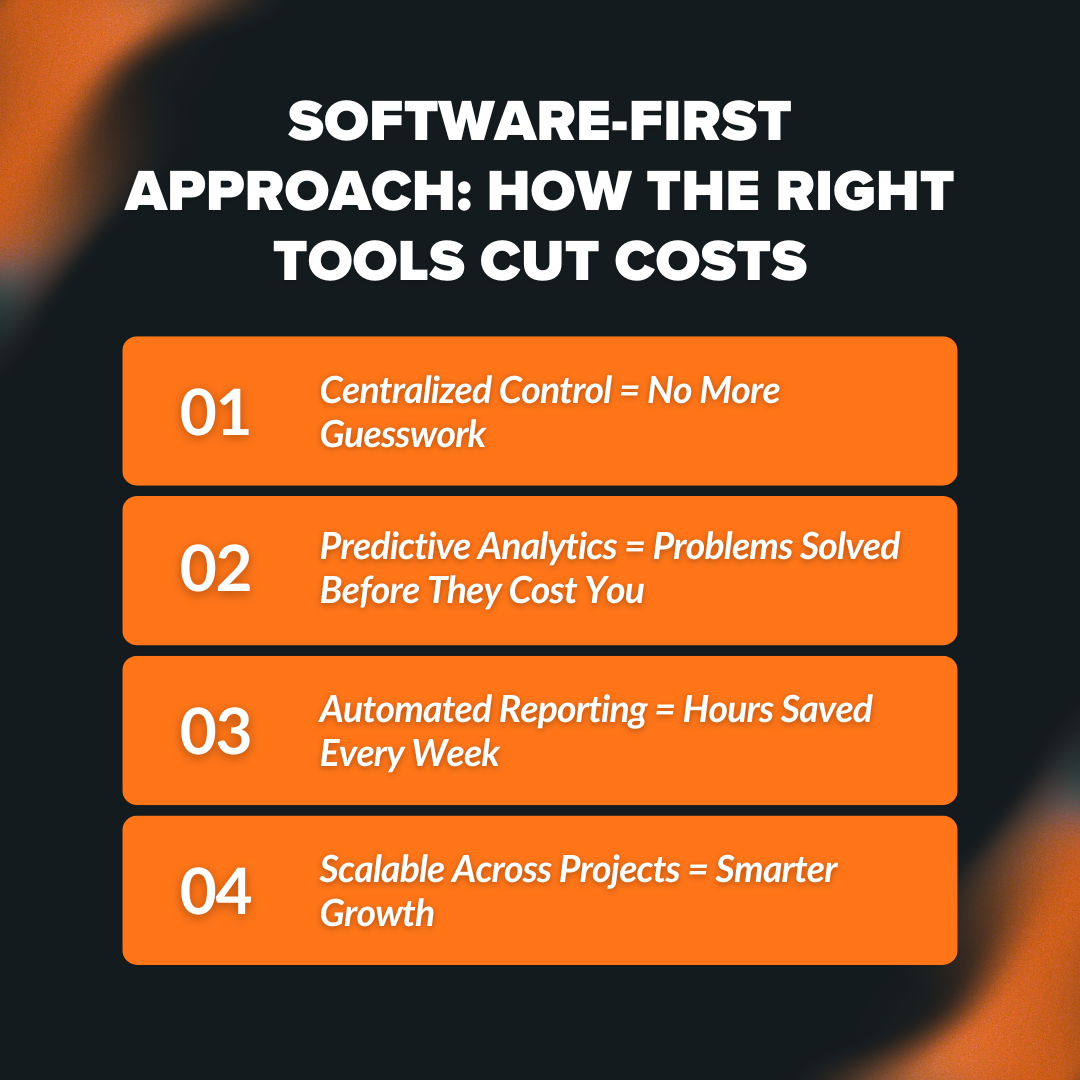
In high-performing solar businesses, software is more than a backend tool; it’s a cost-cutting partner. Without it, you risk overlooking inefficiencies that silently eat into your profits.
That’s where a solar operations software like Sunbase becomes your real-time ally.
1. Centralized Control = No More Guesswork
Manually tracking panel output, inverter health, or fault patterns? That’s outdated.
With the right tool, everything lives in one clean, intuitive dashboard, real-time data, alerts, system health, all at your fingertips.
Missed alerts and delayed actions? Those days are over.
2. Predictive Analytics = Problems Solved Before They Cost You
Why wait for an outage when you can act before it happens?
Real-time data integration software uses predictive failure detection, so you’re alerted to performance drops before they hit your output and your revenue.
Think of it as having a technician who works 24/7, without adding to your payroll.
3. Automated Reporting = Hours Saved Every Week
Still using spreadsheets and back-and-forth team calls?
Centralized software systems automate reports across projects and locations, saving time, reducing errors, and increasing transparency for your team and clients.
Let your team focus on solar performance, not paperwork.
4. Scalable Across Projects = Smarter Growth
Whether you're running 3 sites or 300, the right tool scales with you.
That means uniform performance tracking, easy team access, and less downtime across the board, all from one login.
Growing your solar portfolio shouldn’t multiply your headaches.
Why It Matters More Than Ever
With rising energy prices and increasing competition, solar operations efficiency isn’t a nice-to-have; it’s your edge. If you're ready to streamline operations and improve solar efficiency without increasing overhead, Sunbase can help you get there, fast and smart.
Must Read: Solar Project Management Software: Cut Costs & Boost Efficiency
Financial Benefits You Can Actually Track
Efficiency improvements aren’t just good on paper; they pay off in real numbers. Here’s how small tweaks can lead to big returns:
Example: Panel Cleaning
- Change Made: Routine panel cleaning
- Cost Incurred: 2,000
- Energy Output Boost: 8%
- ROI Timeline: Just 3 months
That 8% gain? Over time, it means more usable electricity, better system performance, and faster returns on your solar investment.
Tracking these wins using tools like Sunbase makes it easy to see where your money is going and how much it’s bringing back.
Incentives to Support Your Investment
Solar incentives come in many layers, and knowing where to look makes all the difference.
- At the centralized level, regions like the European Union offer unified programs such as the Green Deal and Innovation Fund that apply across member nations.
- Then come the federal-level incentives, often shaped by national policies (which may shift or expire).
- Finally, at the state and utility levels, many countries like the U.S. continue to offer reliable, region-specific programs, from performance-based incentives to solar renewable energy credits (SRECs).
Not all solar incentives are long-term; federal funding programs can change based on policy updates. But that doesn’t mean support is gone. Across many regions, state-specific, utility-driven, and performance-based incentives still make solar more affordable.
Below is a practical, future-proof guide to what solar businesses and project managers can still rely on:
🇺🇸 United States – State and Utility-Based Incentives
While federal tax credits like the ITC (Investment Tax Credit) may change under upcoming policy reforms, state-level and utility-specific incentives remain strong and widely accessible.
Here’s what you can still count on:
- Performance-Based Incentives (PBIs):
Ongoing payouts are based on how much electricity your system produces over time. - Solar Renewable Energy Credits (SRECs):
Earn credits for each megawatt-hour of solar electricity generated. These can be sold to utilities in states with renewable portfolio standards. - Utility Rebates:
Many utility companies offer upfront cash rebates, billing credits, or no-cost metering upgrades to promote solar adoption.
Always check updated incentives:
Visit the DSIRE Database– a reliable, constantly updated directory of U.S. solar incentives by state and utility.
🇨🇦 Canada – Provincial & Local Support (Not Federal)
The Canada Greener Homes Grant and federal interest-free loan program are currently paused as of 2024–2025. But not all doors are closed.
Available opportunities:
- Provincial Rebates:
Select provinces like British Columbia, Ontario, and Nova Scotia continue to offer solar rebates. - Net Metering Programs:
Provincial utilities support grid-tied solar with credit programs and surplus energy buy-back.
Check updated info at:
Visit your local provincial energy authority or Natural Resources Canada for the most current offerings.
🇮🇪 Ireland – Still Active (2025)
Ireland remains a strong solar backer through the Sustainable Energy Authority of Ireland (SEAI):
- SEAI Commercial PV Grants:
Up to €162,600 in funding, depending on system size.
Small-scale solar gets support of €900–€2,400 per kWp. - Residential Grants:
Homeowners can receive up to €1,800 for rooftop solar installations.
Learn more: SEAI Official Site
🇪🇺 European Union – Stable, Long-Term Support
Unlike regionally shifting incentives elsewhere, the EU Innovation Fund and Green Deal programs offer sustained support.
- EU Innovation Fund:
A multi-year fund (~€40 billion) supporting solar and renewable energy innovations across member states. - Green Deal + Cohesion Funds:
Help finance national-level grants and tax credits in countries like Germany, France, and the Netherlands.
Learn more: EU Energy Grants
Note: This data is accurate as of June 2025. Policies evolve, always confirm details on official sources like energy.gov, natural-resources.canada.ca, seai.ie, and energy.ec.europa.eu before deciding.
How to Practically Evaluate the Cost-Effectiveness of Every Change You Make
| Change Made | Cost (USD) | Efficiency Gain | Estimated ROI |
|---|---|---|---|
| Replaced inverter | $3000 | +12% | 6–8 months |
| Software upgrade | $1200 | +7% | 3 months |
| Panel realignment | $600 | +5% | 1 month |
| Added monitoring system | $1500 | +8% | 4–5 months |
| Routine cleaning plan | $500/year | +4% | Ongoing monthly |
Even a 4–5% gain in energy yield using operational strategies and tools like Sunbase can generate significant long-term revenue when scaled across commercial panel systems.
How Sunbase Helps Track Your Costs At Every Single Step
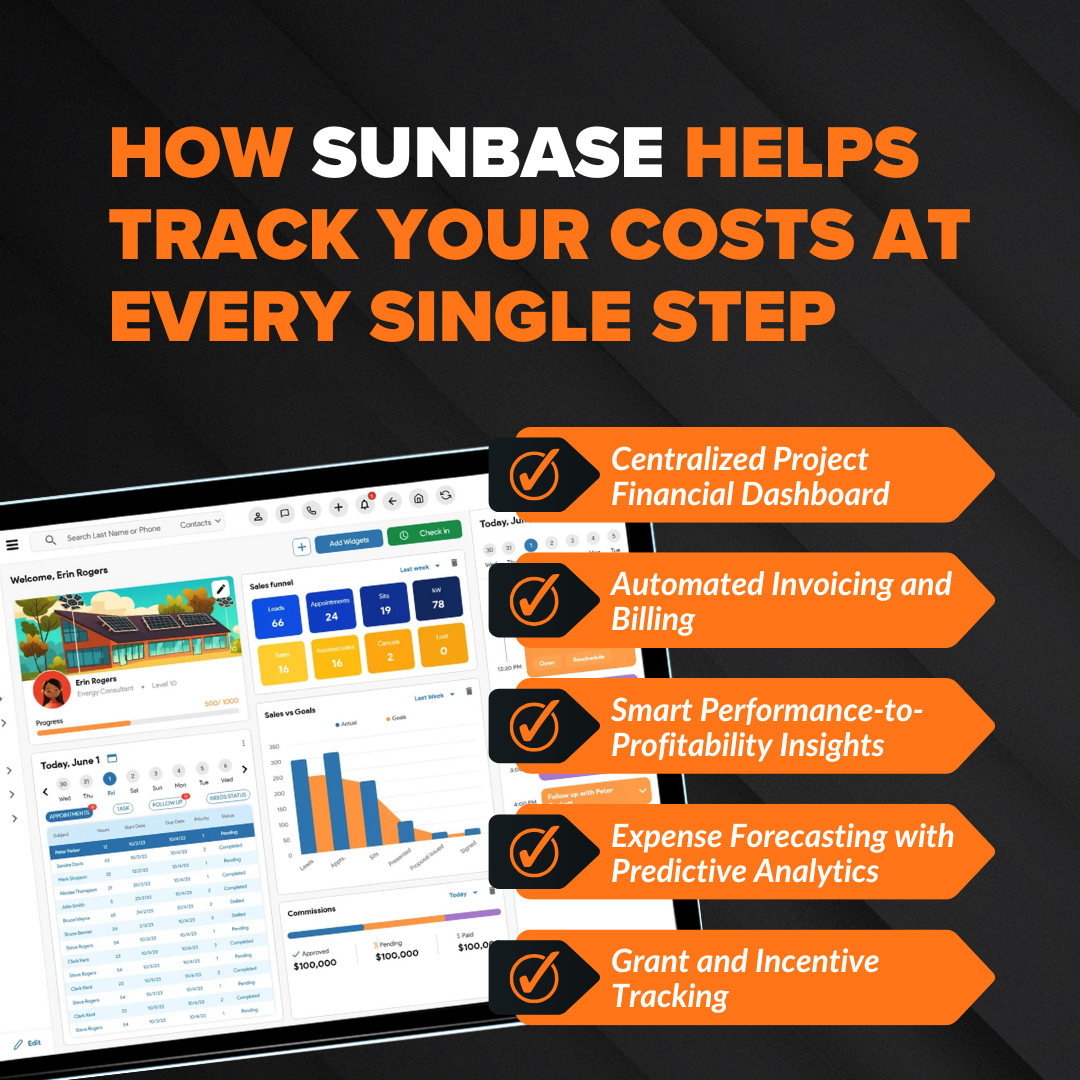
When you're running a solar business, it’s not just about generating more energy; it’s about managing your money, maintenance, and manpower wisely. That’s where Sunbase becomes more than just a tool. It becomes your financial co-pilot.
1. Centralized Project Financial Dashboard
- See real-time cost tracking across multiple sites.
- Monitor expenditure vs. budget for each project.
- Visualize your operational costs, installation spend, and revenue streams, all in one place.
2. Automated Invoicing and Billing
- Generate and manage invoices automatically for clients, subcontractors, and O&M vendors.
- Cut down time spent on manual billing tasks by over 40%.
- Ensure no payment delays, everything is logged, tracked, and notified.
3. Smart Performance-to-Profitability Insights
- Sunbase links energy output data directly to cost metrics.
- Get instant reports showing how efficiency tweaks (like a software upgrade or a panel replacement) impact ROI.
- Set alerts when any component is underperforming and costing more than it should.
4. Expense Forecasting with Predictive Analytics
- Plan better with forecasted O&M costs, cash flow, and payback periods.
- Reduce uncertainty with predictive maintenance budgeting, no more surprise breakdown costs.
5. Grant and Incentive Tracking
- Track which sites or clients are eligible for local/national solar incentives and rebates (for US, Canada, and Europe).
- Store all financial documentation in one place for easier compliance and auditing.
For project managers and solar business owners juggling multiple installations, Sunbase doesn’t just optimize energy, it optimizes every dollar you spend.
Let your panels work harder, while your software works smarter.
Ask Yourself These 5 Questions Before Making a Cost Cut
1. Will this affect long-term output?
2. Have I reviewed data from my monitoring system?
3. Is this fix temporary or scalable?
4. Am I using the best features of my solar software?
5. How will this change be measured in savings?
Final Thoughts:
You Don’t Need to Spend More, You Need to Spend Smarter
The best solar investment you can make is not just in panels, but in smart strategies. Efficiency improvements don’t mean extra spending; they mean smarter choices.
> “It’s your project. Let’s make every watt, and every penny, count.”
Efficiency ≠ Expense
Sustainable energy reviews show smart systems outperform costly ones
Solar energy is long-term; make every panel perform to peak potential
About Sunbase
Ready to Optimize Your Solar Operations? Want to see how your project can save more without spending more?
Let’s make your solar journey not just sustainable, but powerfully profitable.
FAQs
What is the ideal cell temperature for peak efficiency?
Around 25°C is ideal to capture sunlight for maximizing solar energy efficiency. Higher temperatures reduce solar panel efficiency.
Do monocrystalline panels have higher efficiency?
Yes, they offer the highest efficiency and the most electric current among crystalline silicon solar cells.
How often should I conduct inspections?
Weekly for visual routine inspection, monthly for output, quarterly for alignment and cleaning.
How much energy loss occurs due to dust accumulation?
Can reduce output by up to 15%.
What’s the average efficiency of a solar PV cell?
Ranges from 15% to 22%, depending on technology.
I agree to receive marketing messaging from Sunbase at the phone number provided above. I understand data rates will apply, and can reply STOP to OPT OUT.


